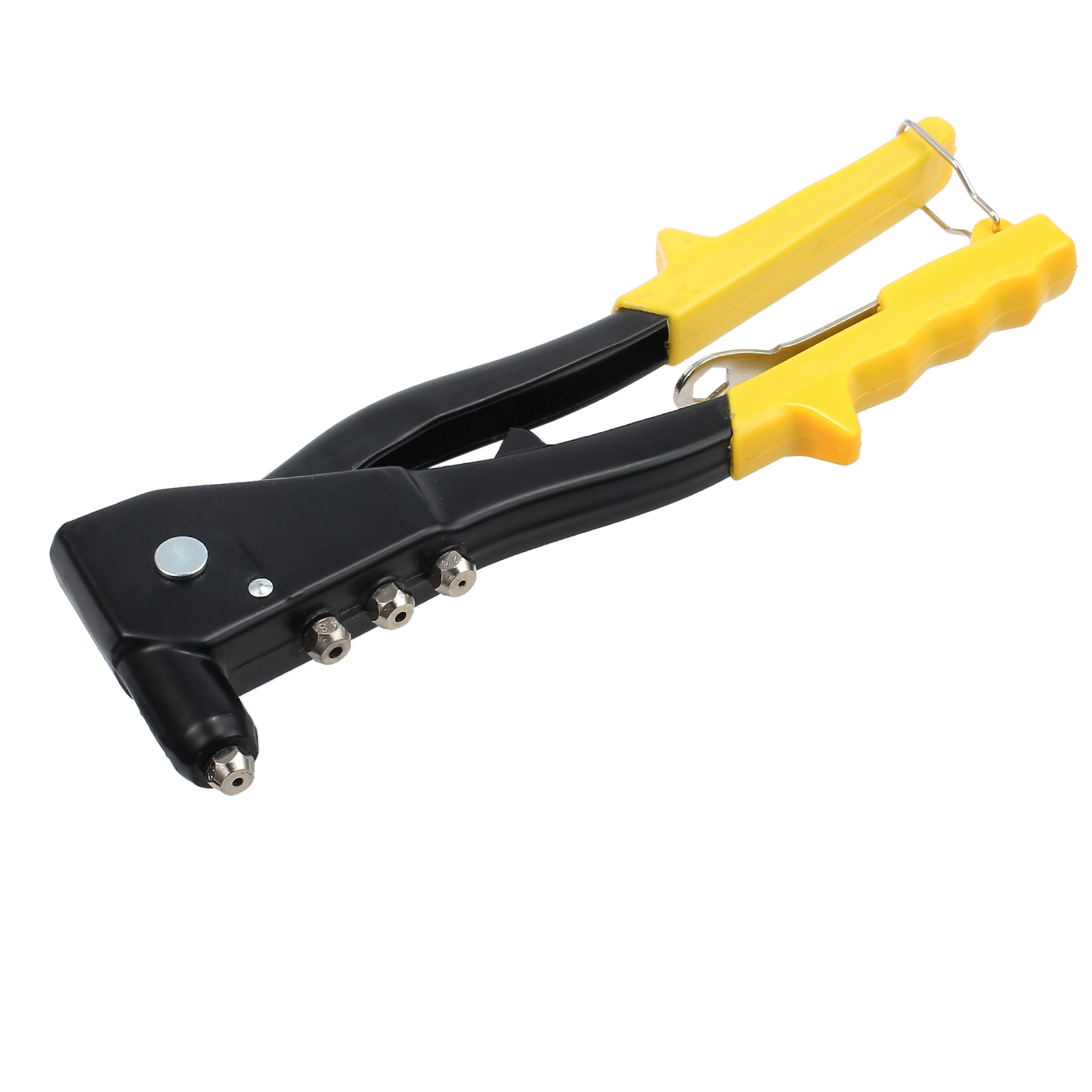

Therefore, it is advisable to select a rivet-making material that matches the properties of the parts you are about to join together. With these vast materials, rivets now have unlimited applications. Designers and manufacturers choose these different materials to satisfy their needs. They include steel, copper, brass, aluminum, copper, and stainless steel. There are several metal materials for manufacturing rivets. Joints put together using rivets are always heavier than those brazed or welded.Riveting does not usually guarantee a tight and leak-proof joint.The hammer blowing produces a loud noise.

#Plastic rivet gun install#
You can install rivets either through drilling, punching, or placing them in a hole and deforming the tail. Rivets are quite an essential tool in machine and structure construction.

Using unique installing methods with rivets helps to ensure permanent parts assembly or connection.

These types of fasteners are not tightened like the usual bolt and nuts. Rivets are usually made of aluminum or steel, but there are some made with other materials. It has a head, a smooth cylindrical body, and a tail that looks more like a metallic pin. In a nutshell, a rivet is a mechanical fastener or connector with a head and tail at opposite sides. Let’s get right to it! An Overview of Rivets What i s a Rivet? This article will guide you through the various types of rivets and their uses. They are also beneficial for supporting tensile and shear loads. This makes them valuable for several applications, ranging from aircraft to submarines and sheet-metal assemblies. These rivets offer incredible fastening capabilities for both light and heavy-duty applications. Different types of rivets are available for use based on their design requirements and properties. One of these heroes in the manufacturing industry is rivets. Using some essential tools can arrange these components. Many components and structures are put together to make up a complete part.


 0 kommentar(er)
0 kommentar(er)
